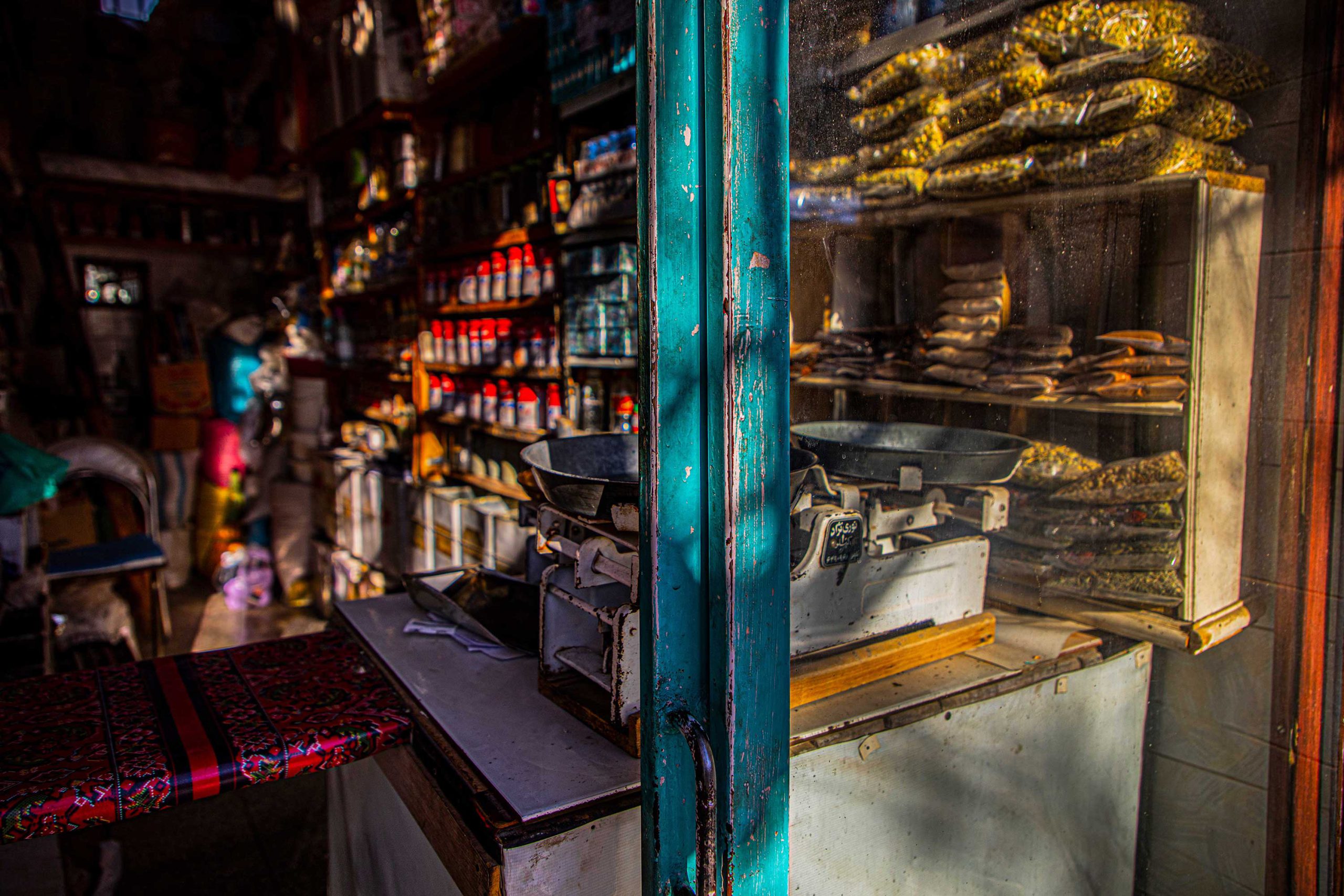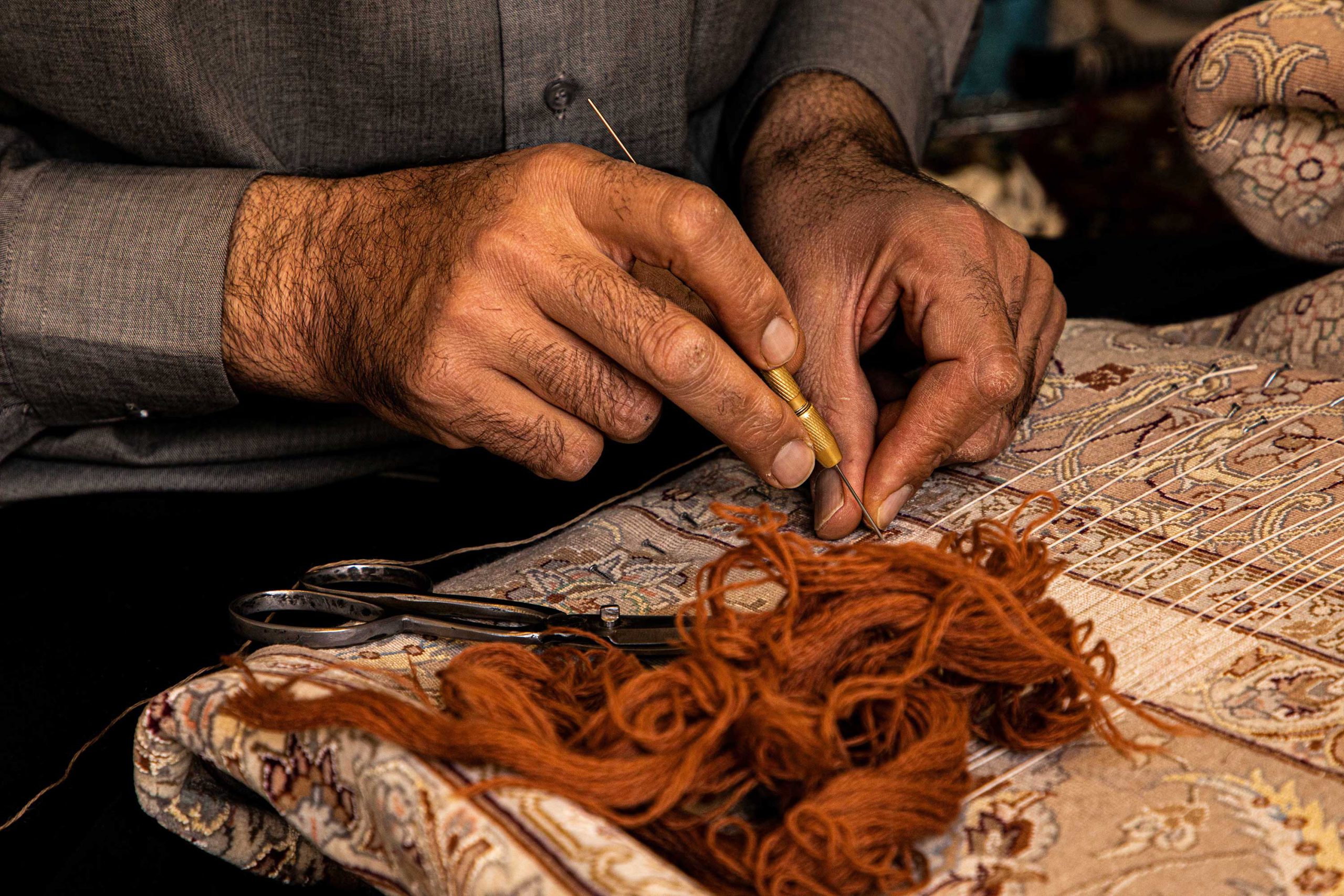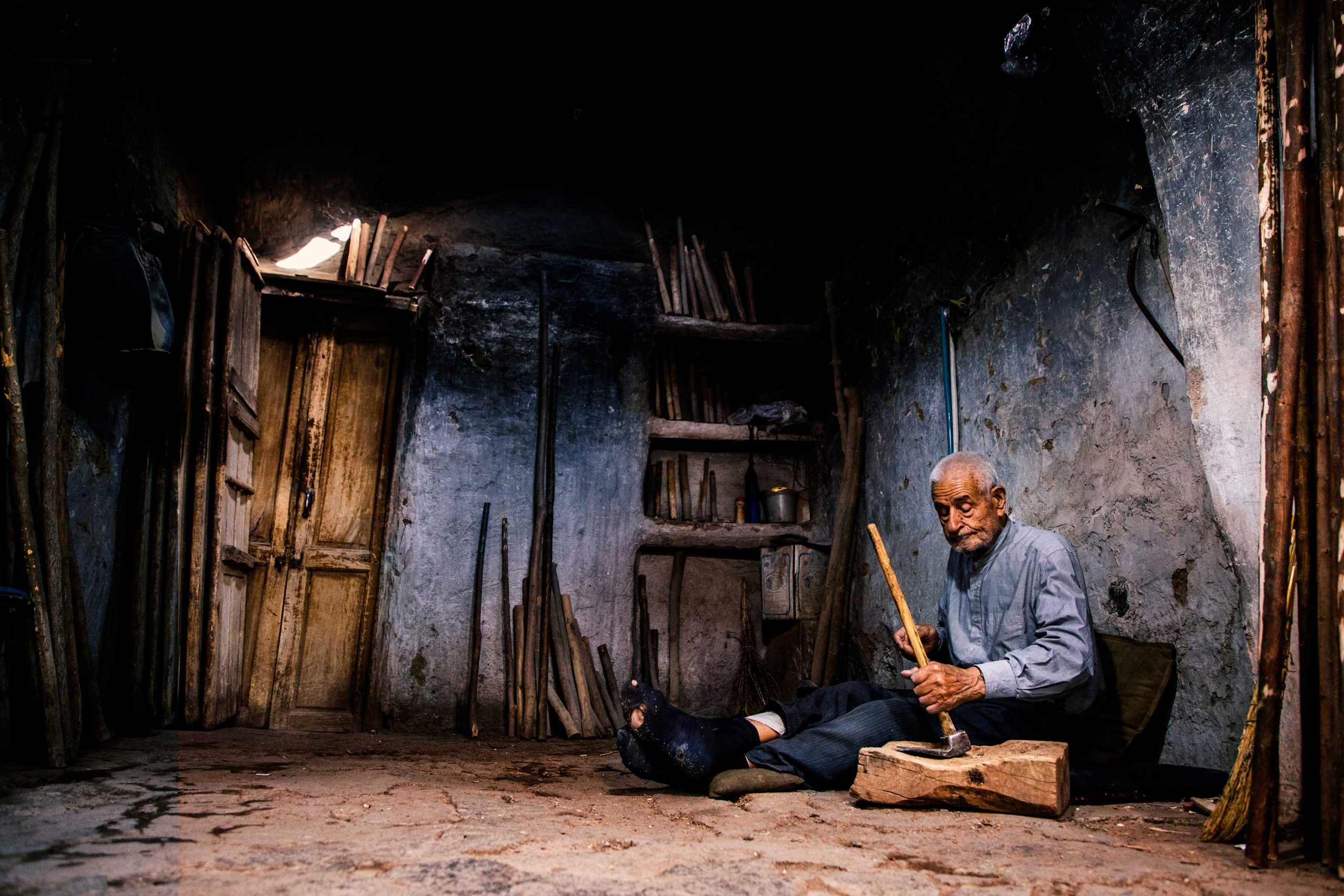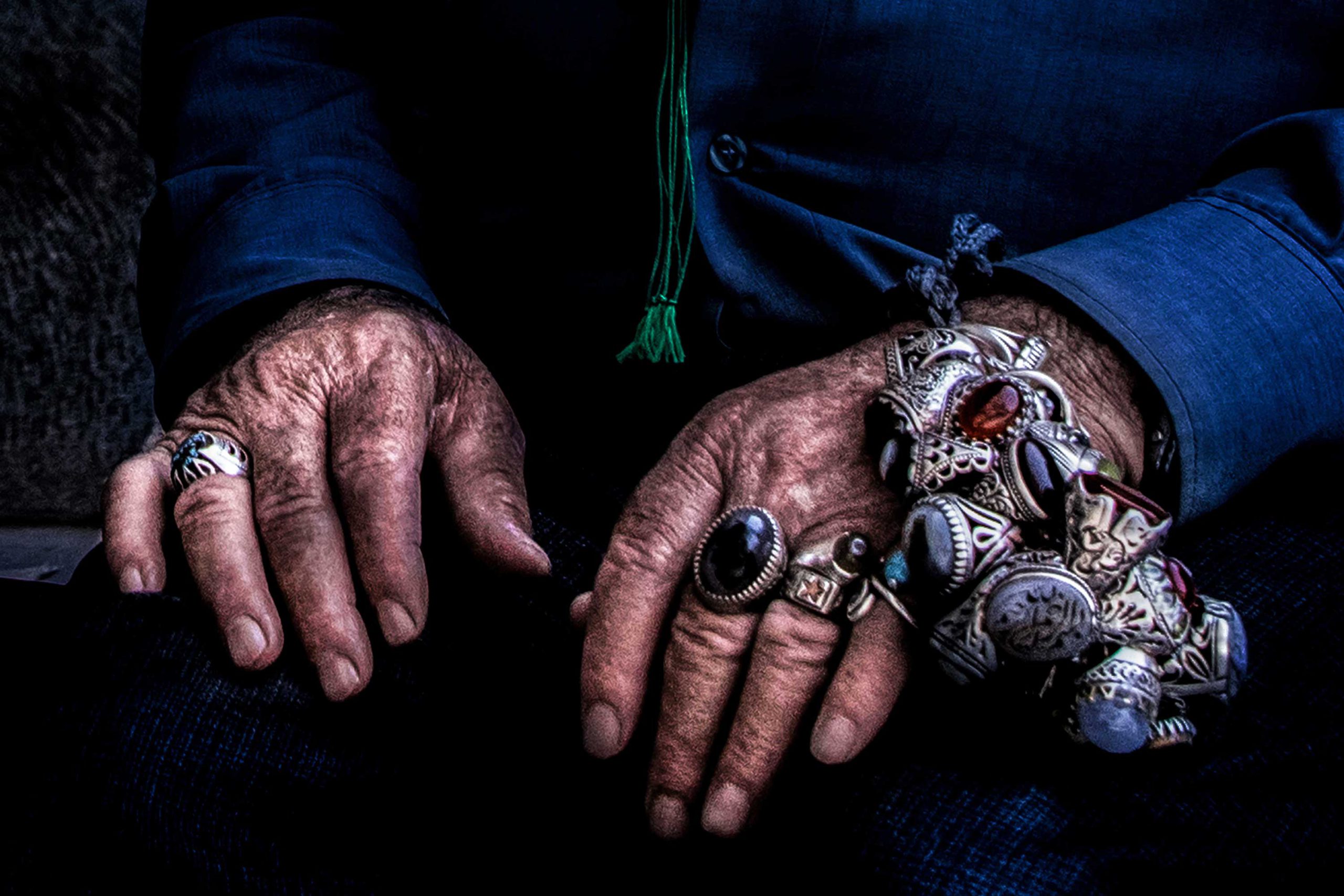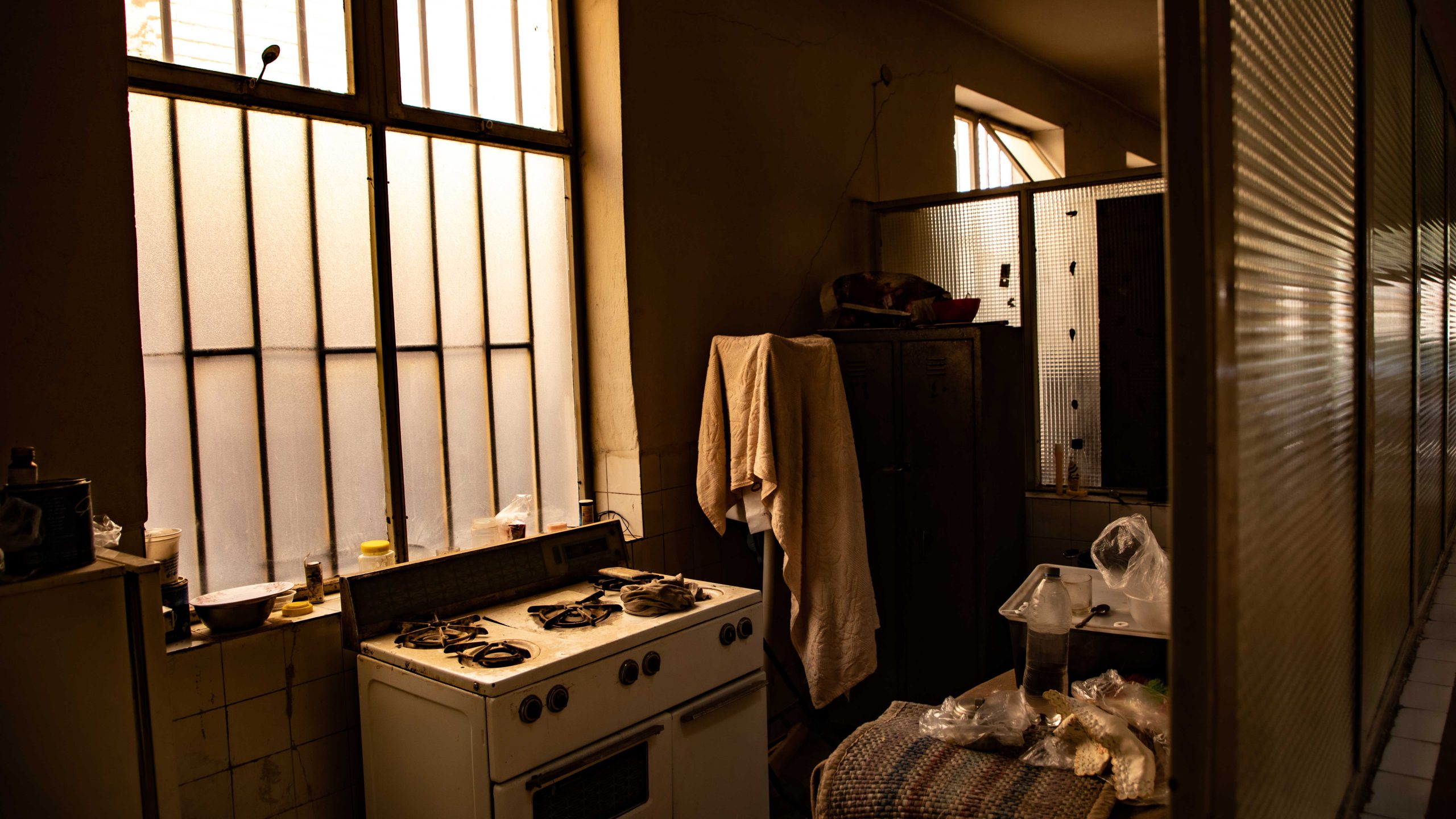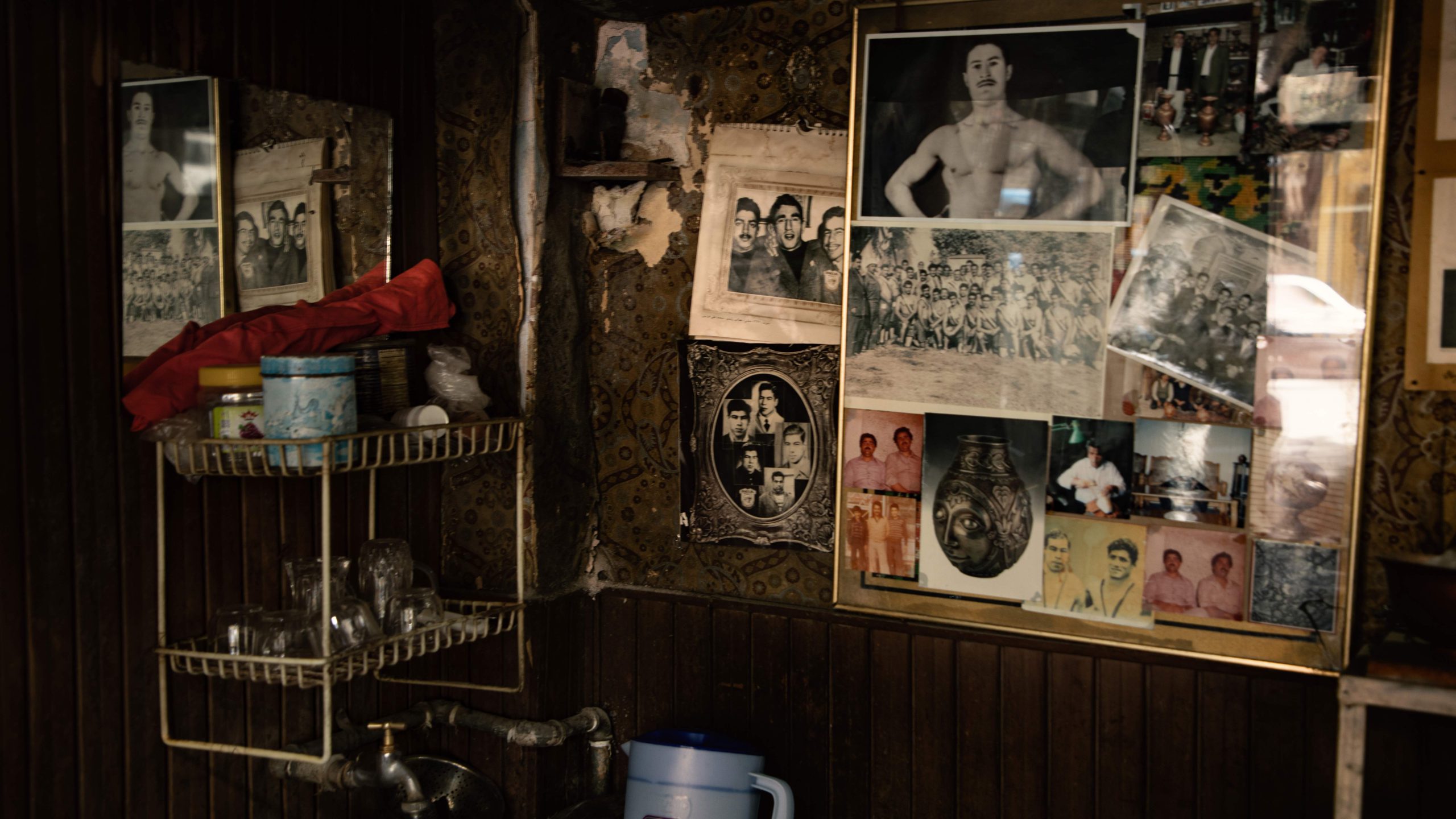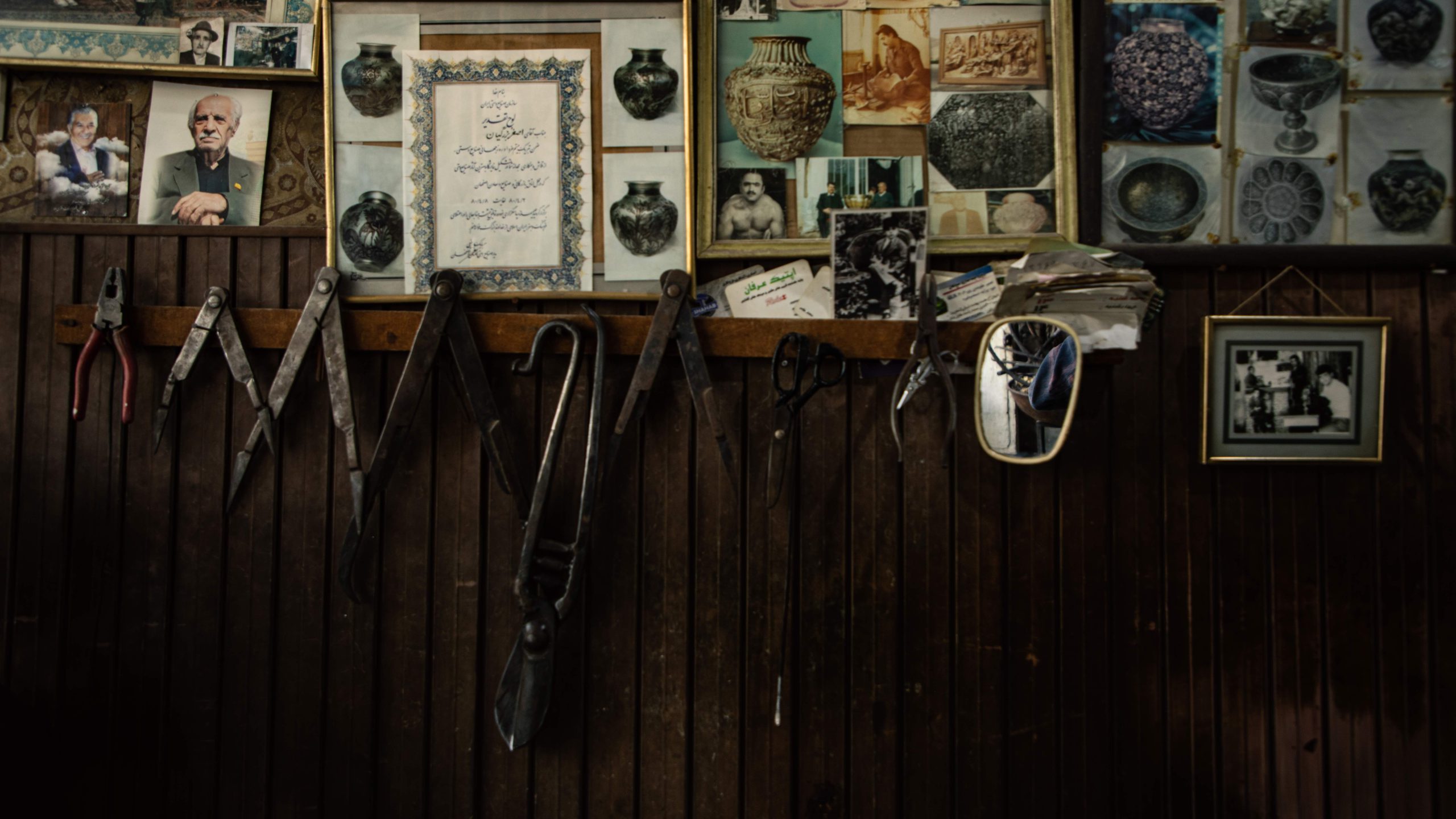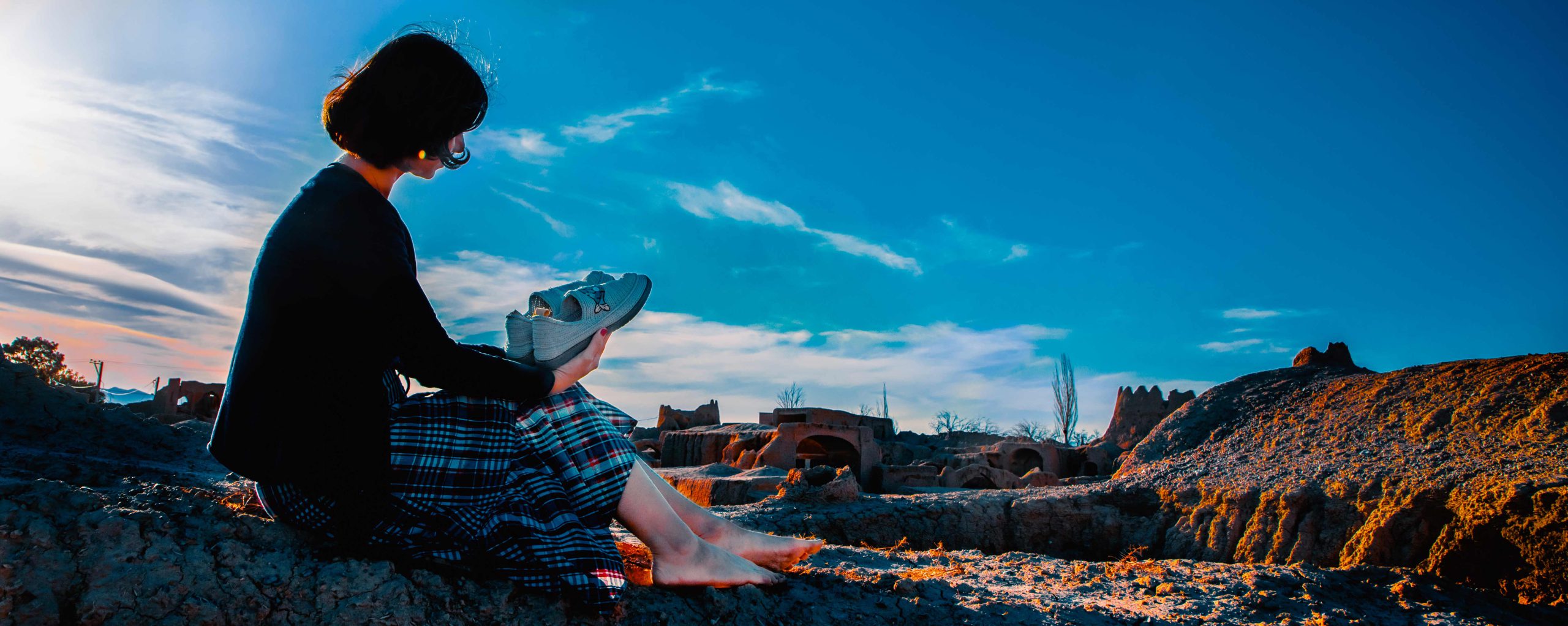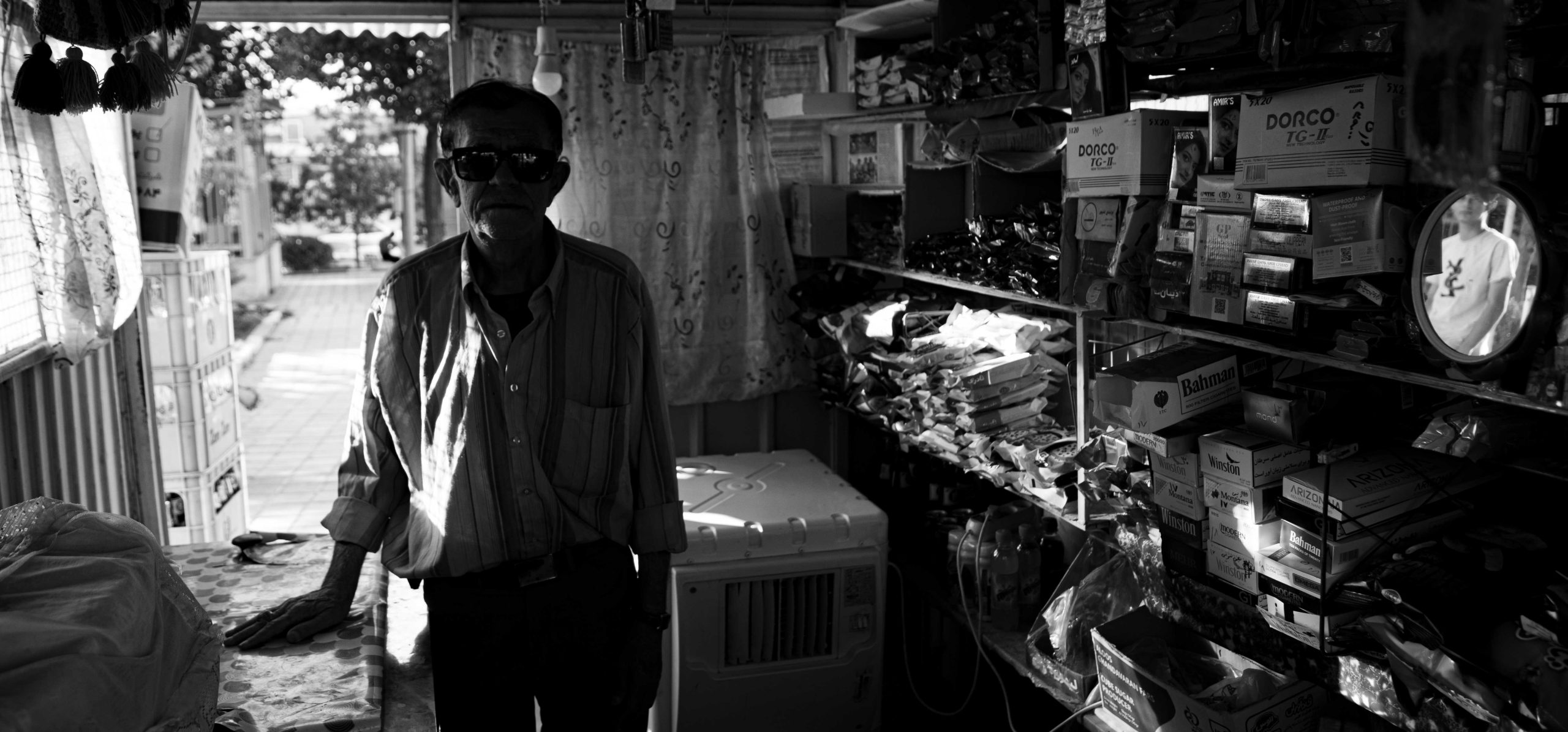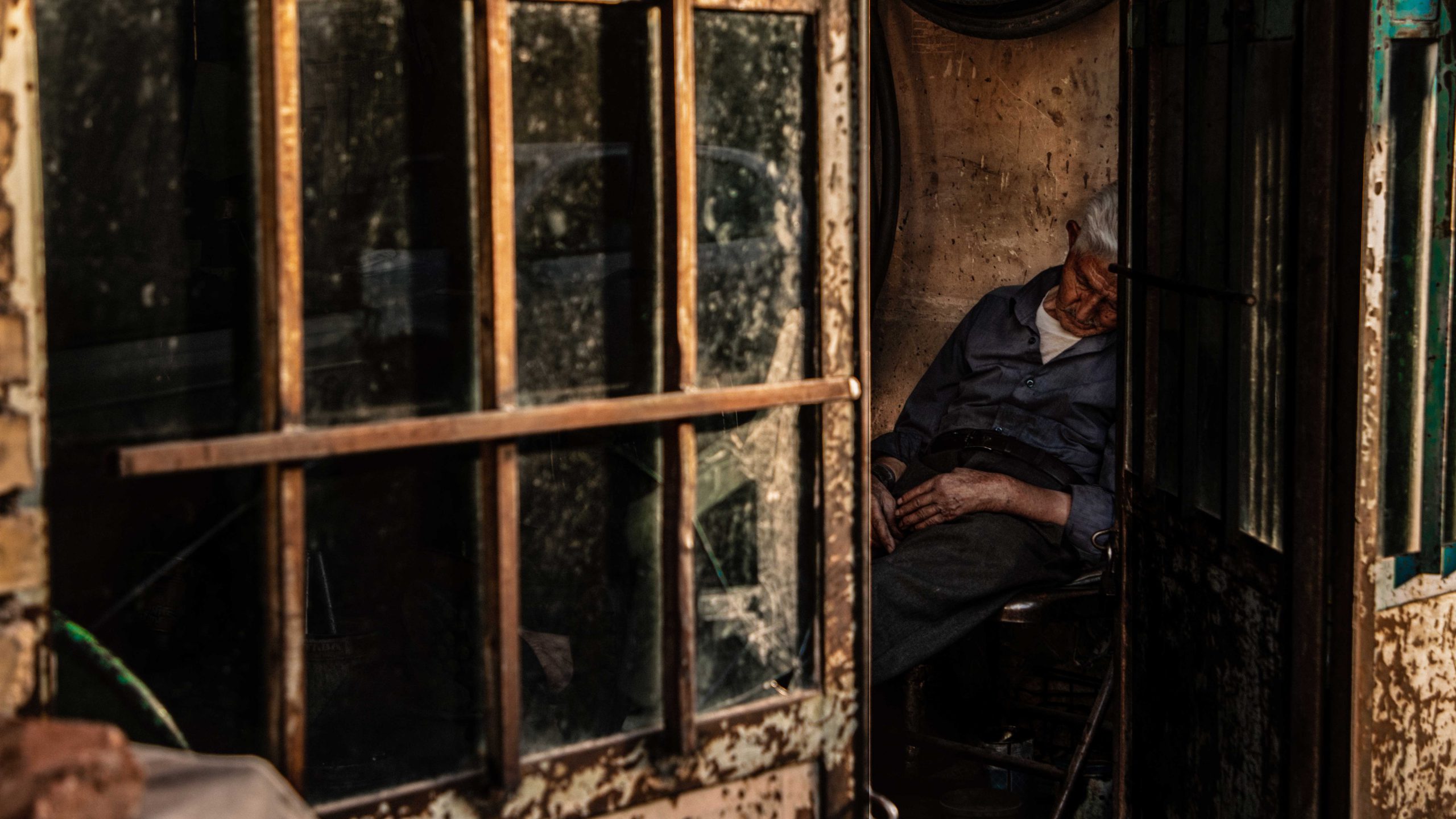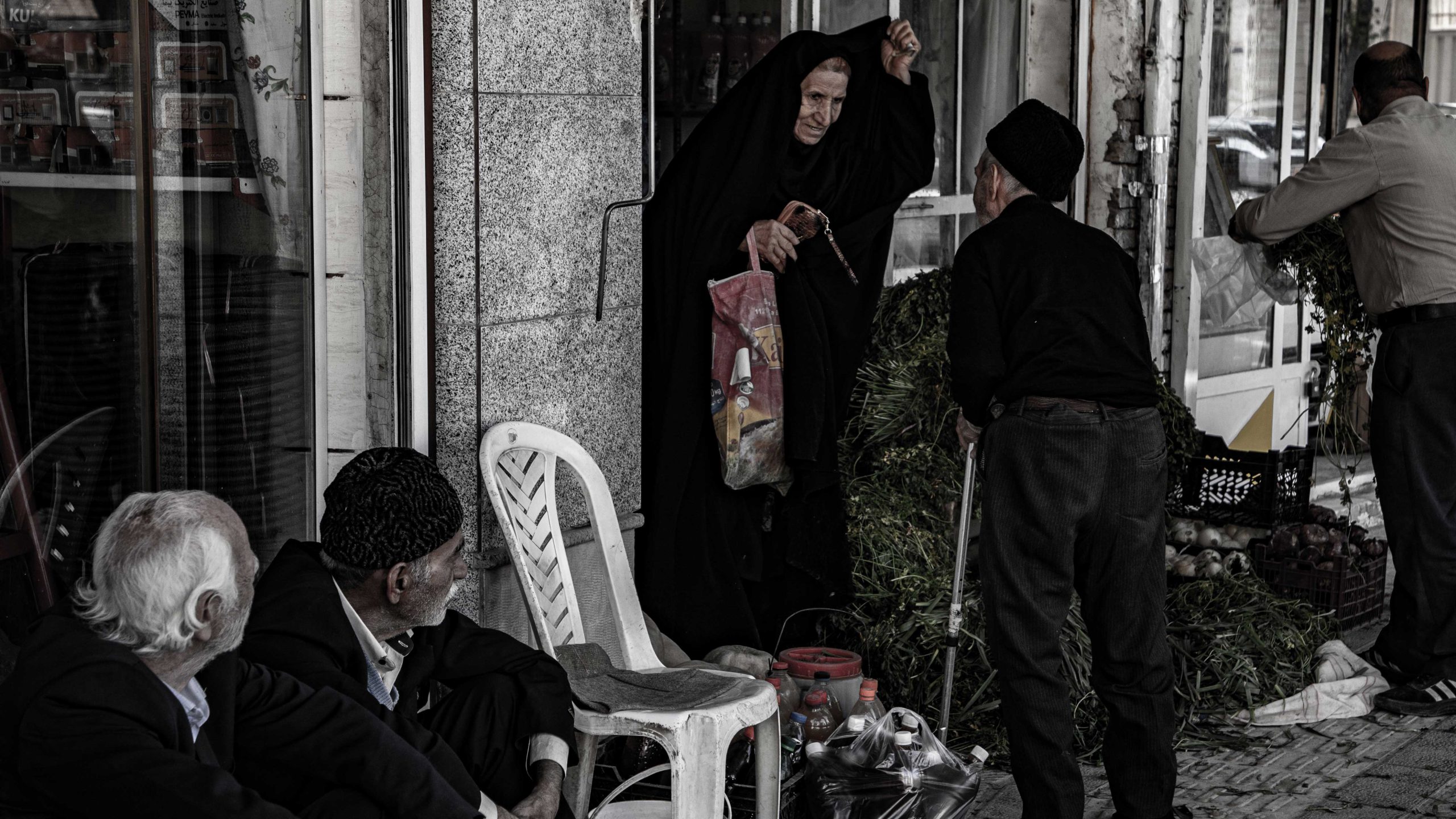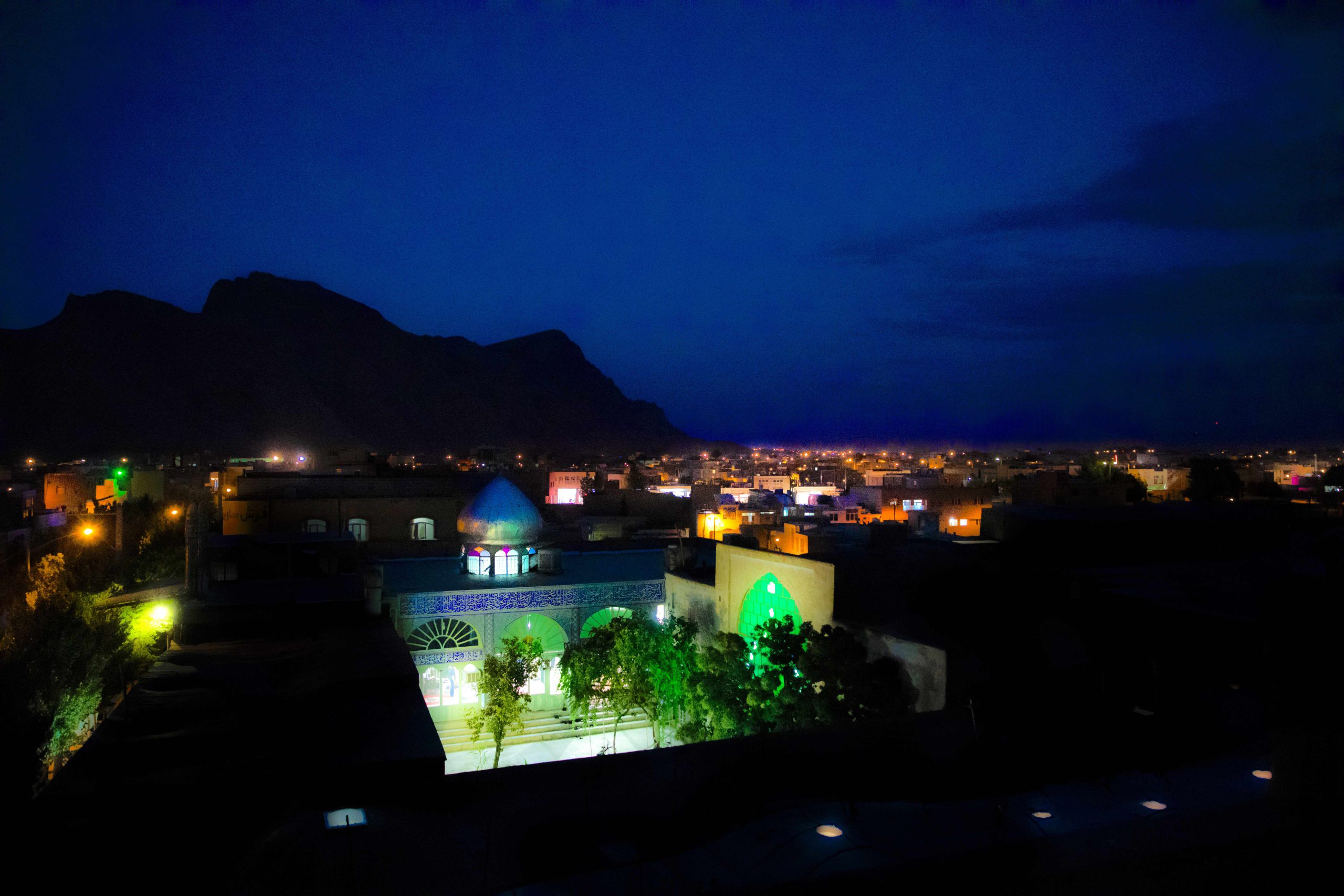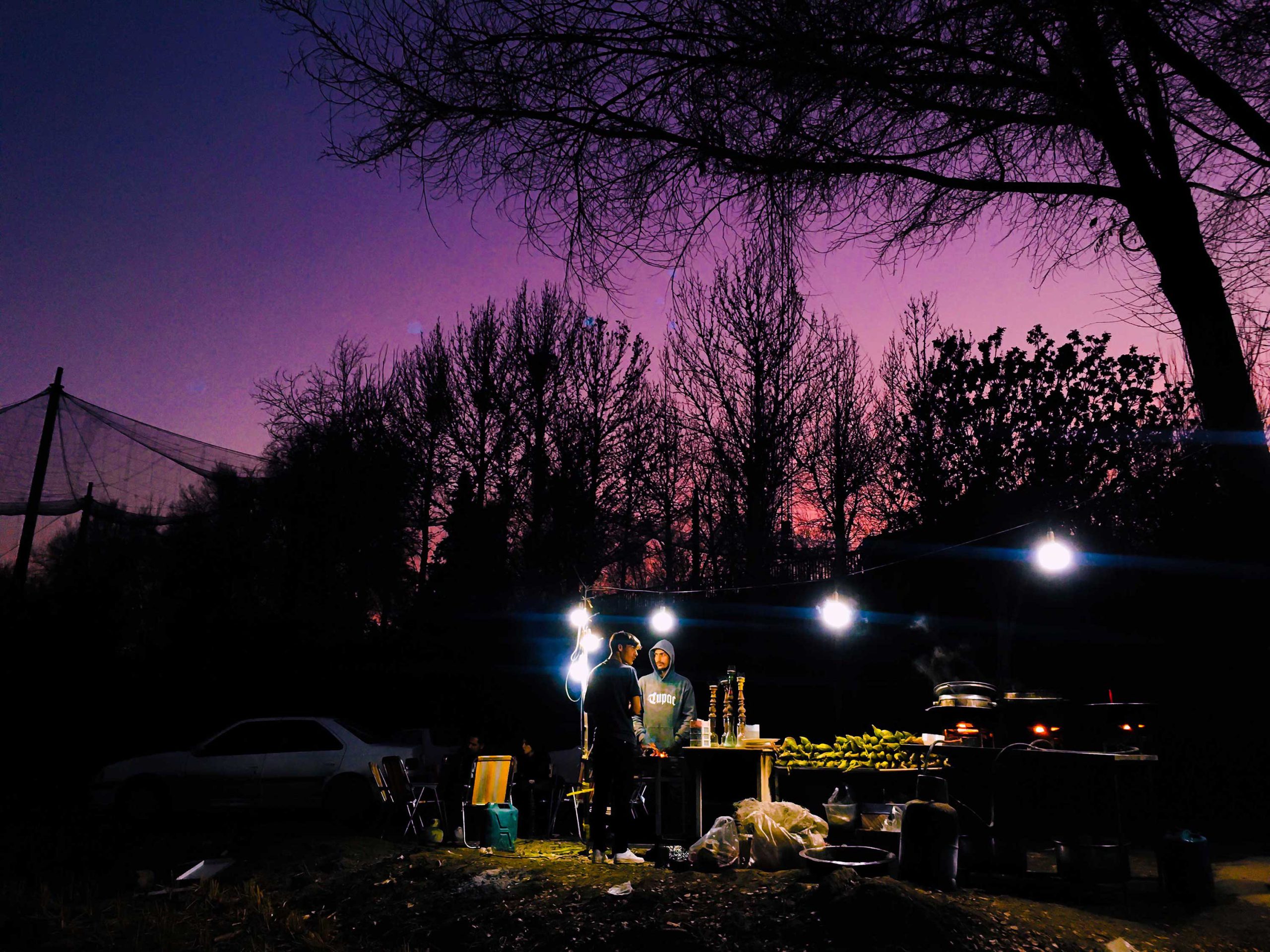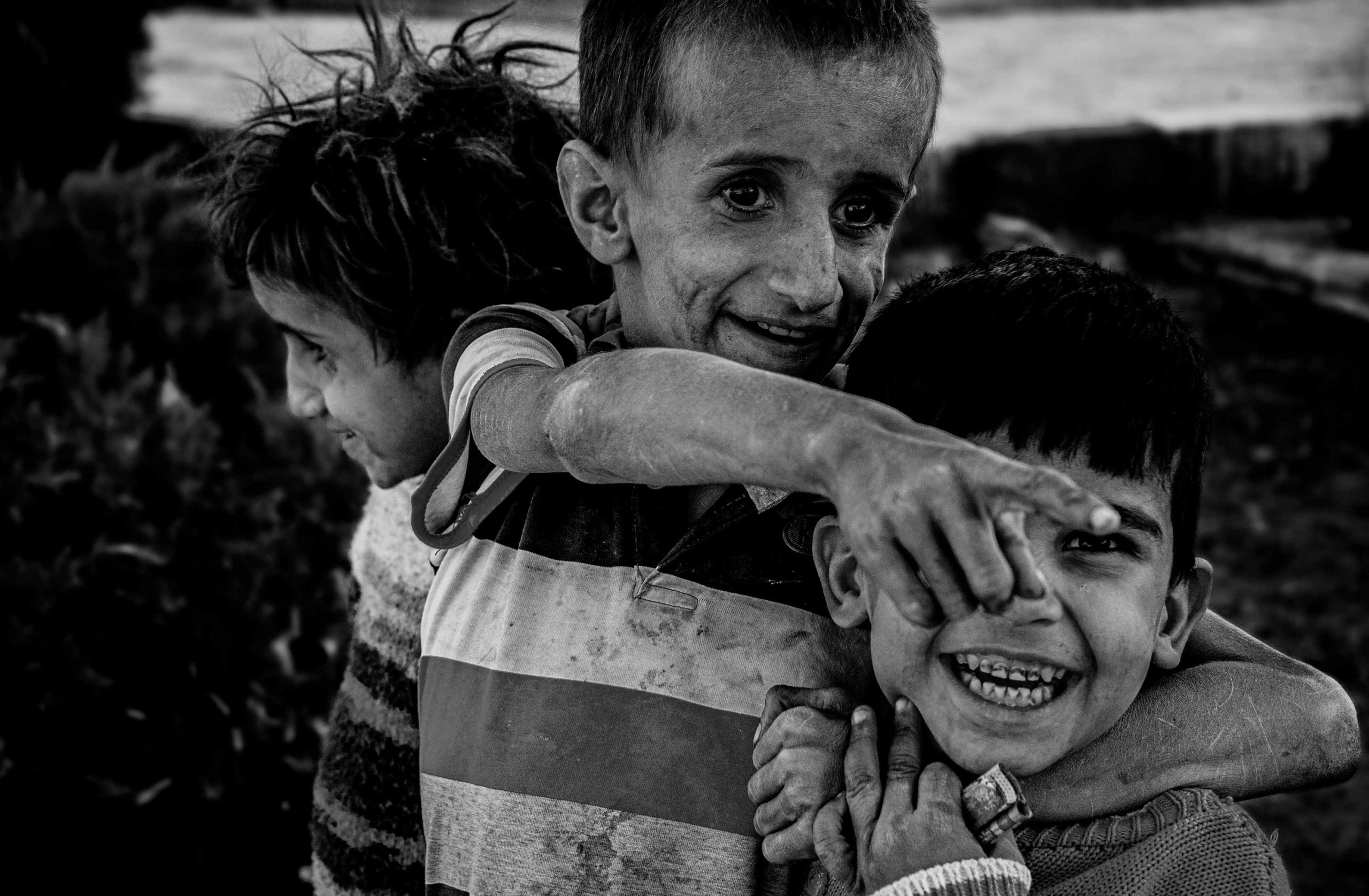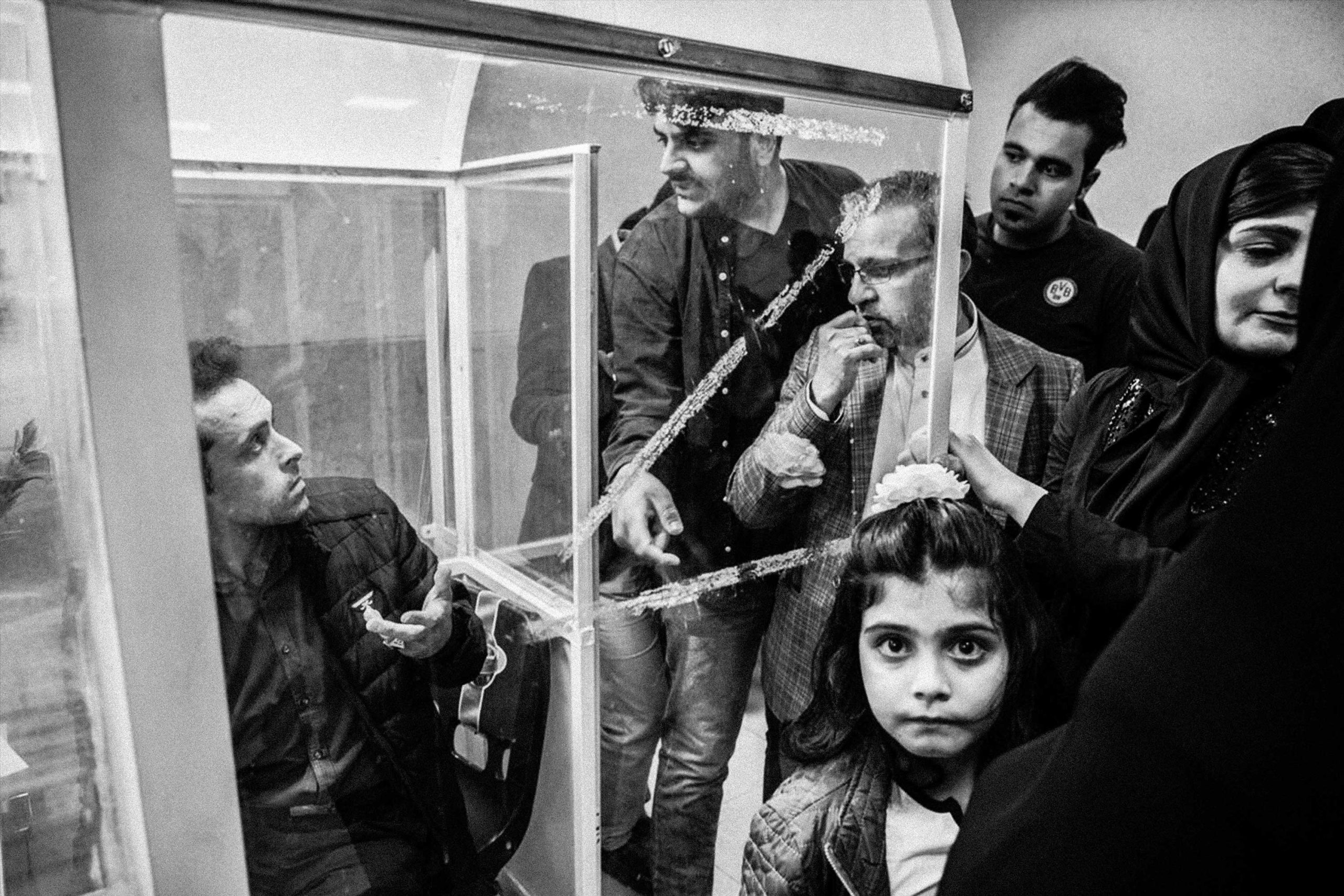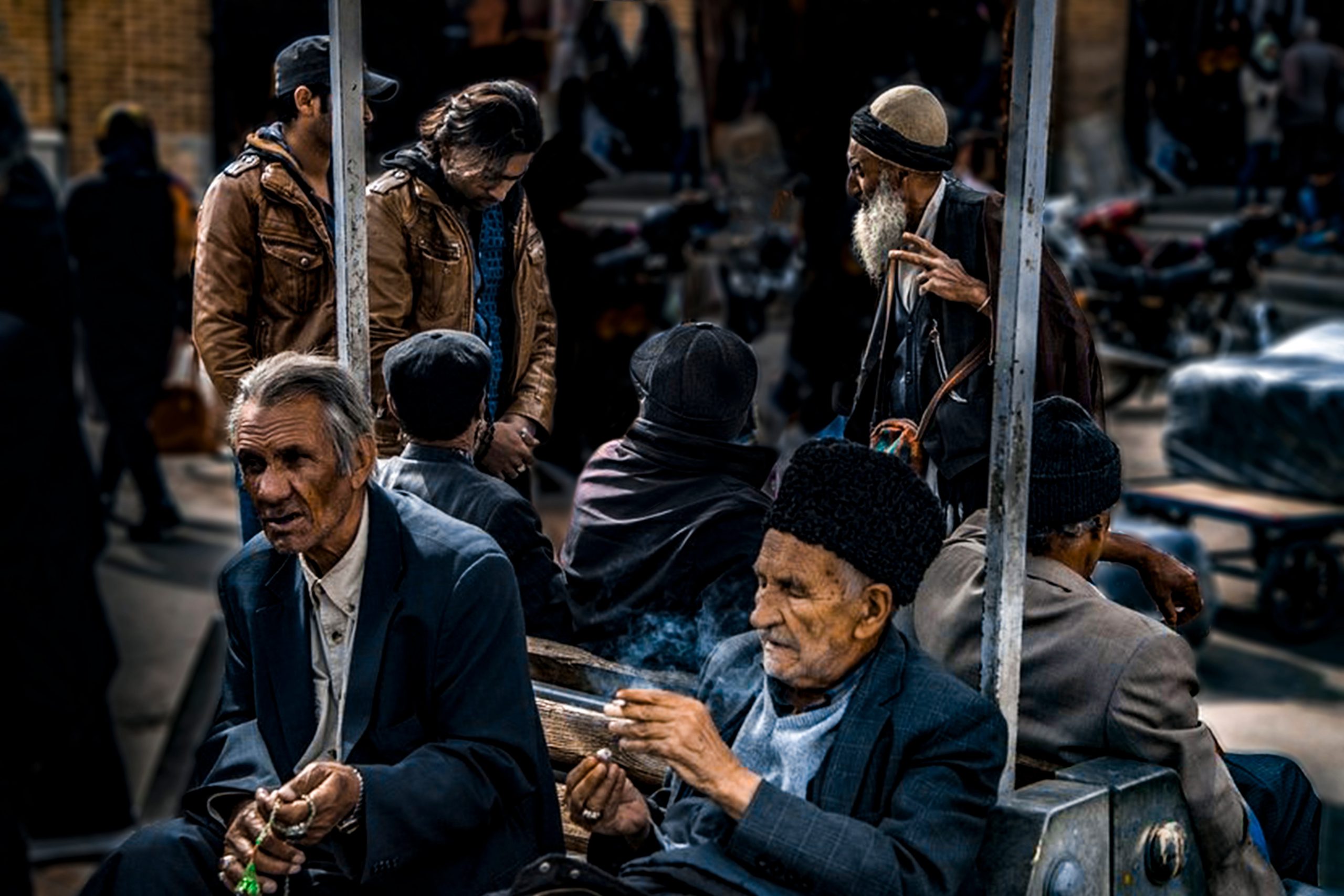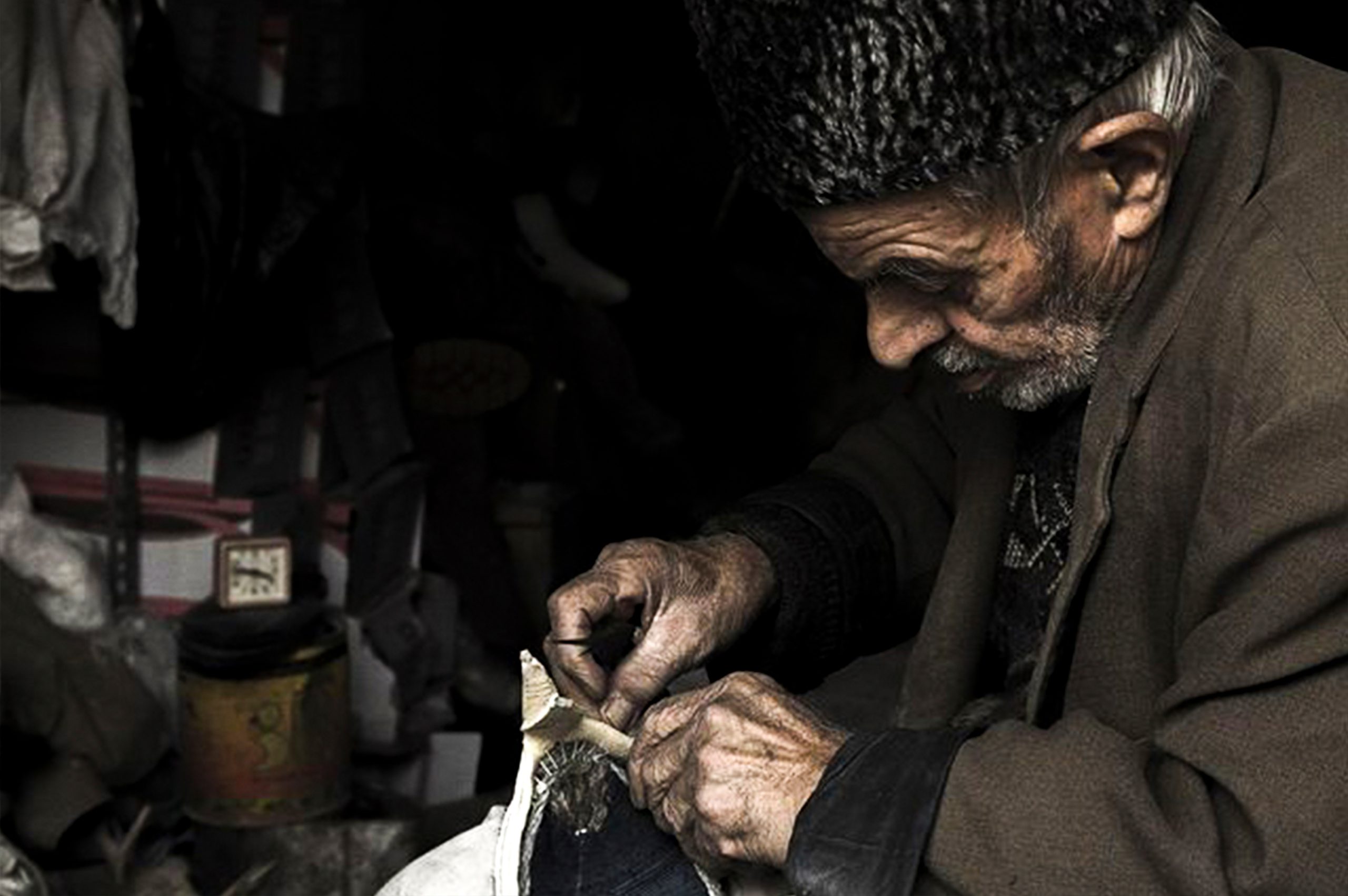Documentary photography
The social documentary photos are a selection of Iran tour photos and travel to different cities of Iran, which started in 2015 and is still going on. Most of this collection is an ethnographic narrative of the traditional and old fabric of the central cities of Iran, which searches for light and colors in the living space of the people. The photos are a representation of the texture and details of the traditional life, which have been transformed into portraits of the dying traditional life of Iran with figures and paintings.
Documentary photography history
Documentary photography usually refers to a popular form of photography used to chronicle events or environments both significant and relevant to history and historical events as well as everyday life. It is typically undertaken as professional photojournalism, or real life reportage, but it may also be an amateur, artistic, or academic pursuit.
The term document applied to photography antedates the mode or genre itself. Photographs meant to accurately describe otherwise unknown, hidden, forbidden, or difficult-to-access places or circumstances date to the earliest daguerreotype and calotype “surveys” of the ruins of the Near East, Egypt, and the American wilderness areas. Nineteenth-century archaeologist John Beasly Greene, with his photographic assistant Samuel Swatman, traveled to Nubia in the early 1850s to photograph the major ruins of the region;[1] One early documentation project was the French Missions Heliographiques organized by the official Commission des Monuments historiques to develop an archive of France’s rapidly disappearing architectural and human heritage; the project included such photographic luminaries as Henri Le Secq, Edouard Denis Baldus, and Gustave Le Gray.
In the United States, photographs tracing the progress of the American Civil War (1861-1865) by photographers for at least three consortia of photographic publisher-distributors, most notably Mathew Brady and Alexander Gardner, resulted in a major archive of photographs ranging from dry records of battle sites to harrowing images of the dead by Timothy O’Sullivan and evocative images by George N. Barnard. A huge body of photography of the vast regions of the Great West was produced by official government photographers for the Geological and Geographical Survey of the Territories (a predecessor of the USGS), during the period 1868–1878, including most notably the photographers Timothy O’Sullivan and William Henry Jackson.[2]
Both the Civil War and USGS photographic works point up an important feature of documentary photography: the production of an archive of historical significance, and the distribution to a wide audience through publication. The US Government published Survey photographs in the annual Reports, as well as portfolios designed to encourage continued funding of scientific surveys.
The rise of television reportage and digital technology in the twenty-first century has meant less need for published documentary photography. Many artists working with the style today raise questions about the role of the document, and explore the boundaries between fact and fiction. American photographer Diane Arbus’ atmospheric and haunting portraits capture people from across society, with a focus on marginalised figures. British photographer Don McCullin was drawn to the victims affected by conflict, including shell shocked soldiers during and after the Vietnam War and his harrowing portrait of a starving child in Biafra, 1968.
Acceptance by the art world
The art worlds opinion of this type of photography changed markedly in 1967 during curator John Szarkowski’s New Documents exhibition at Museum of Modern Art. Since the late 1970s, the decline of magazine published photography has led to the vanishing of traditional forums for such work. Many documentary photographers have now focused on the art world and galleries as a way of presenting their work and making a living. Traditional documentary photography has found a place in dedicated photography galleries alongside other artists working in painting, sculpture, and modern media.
